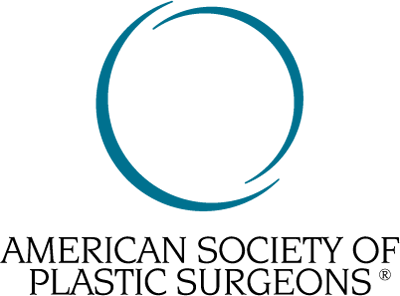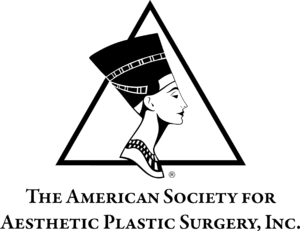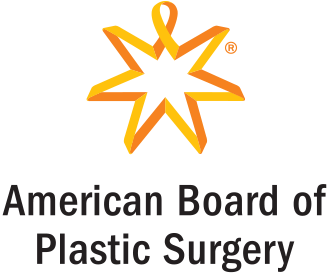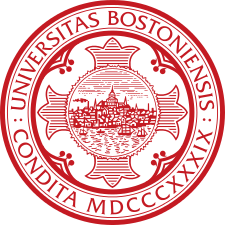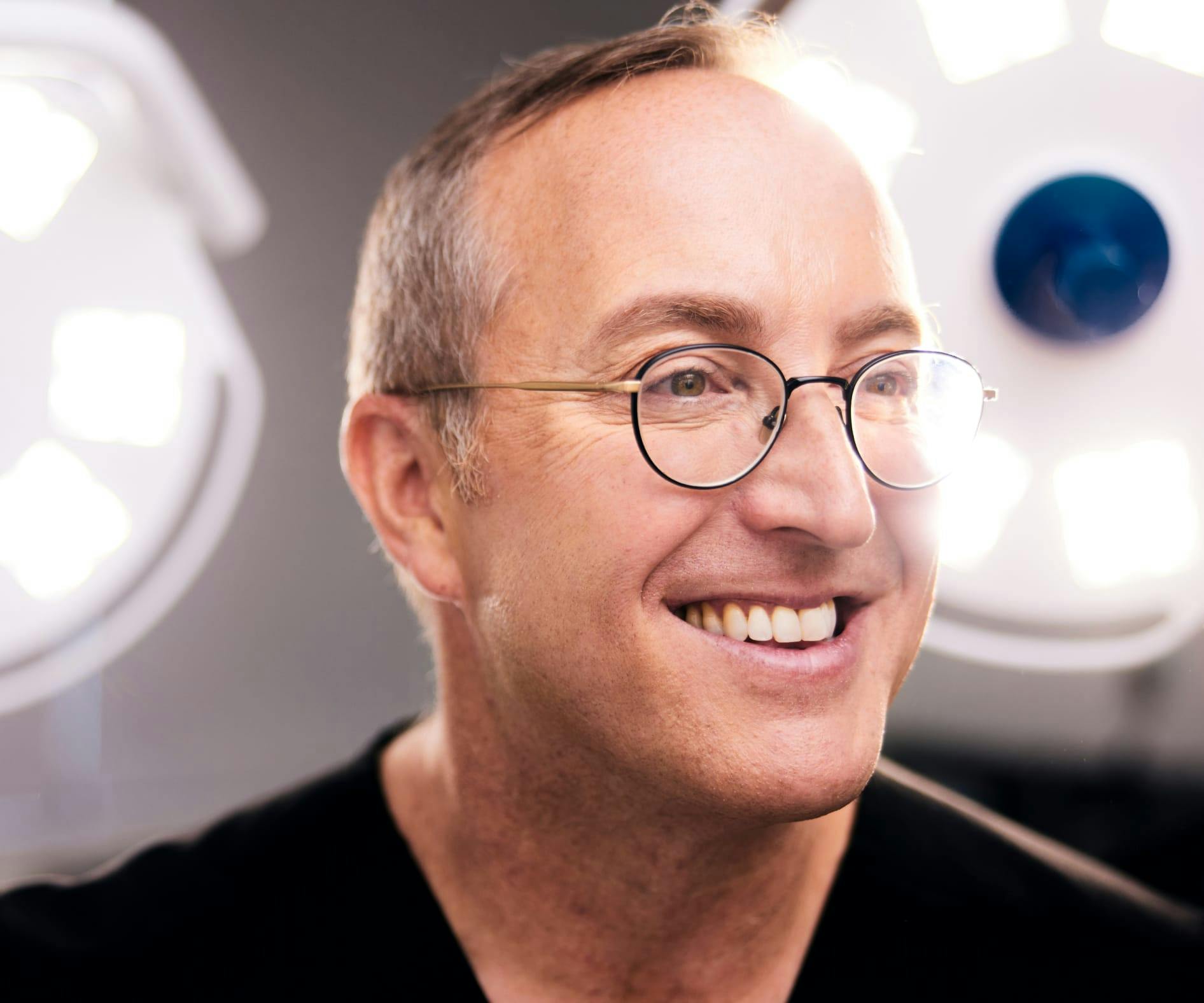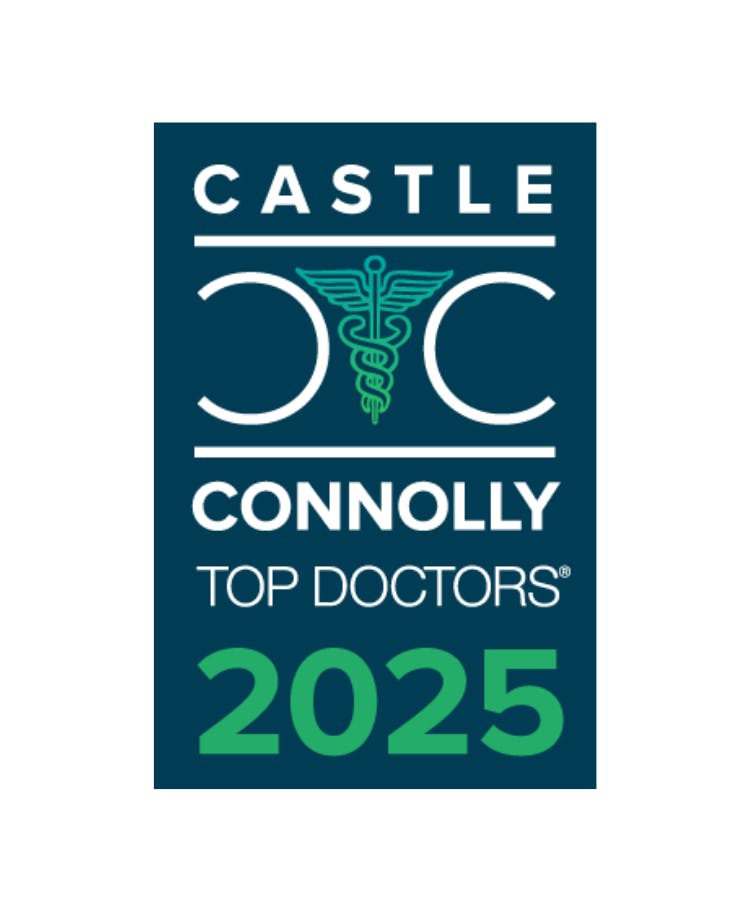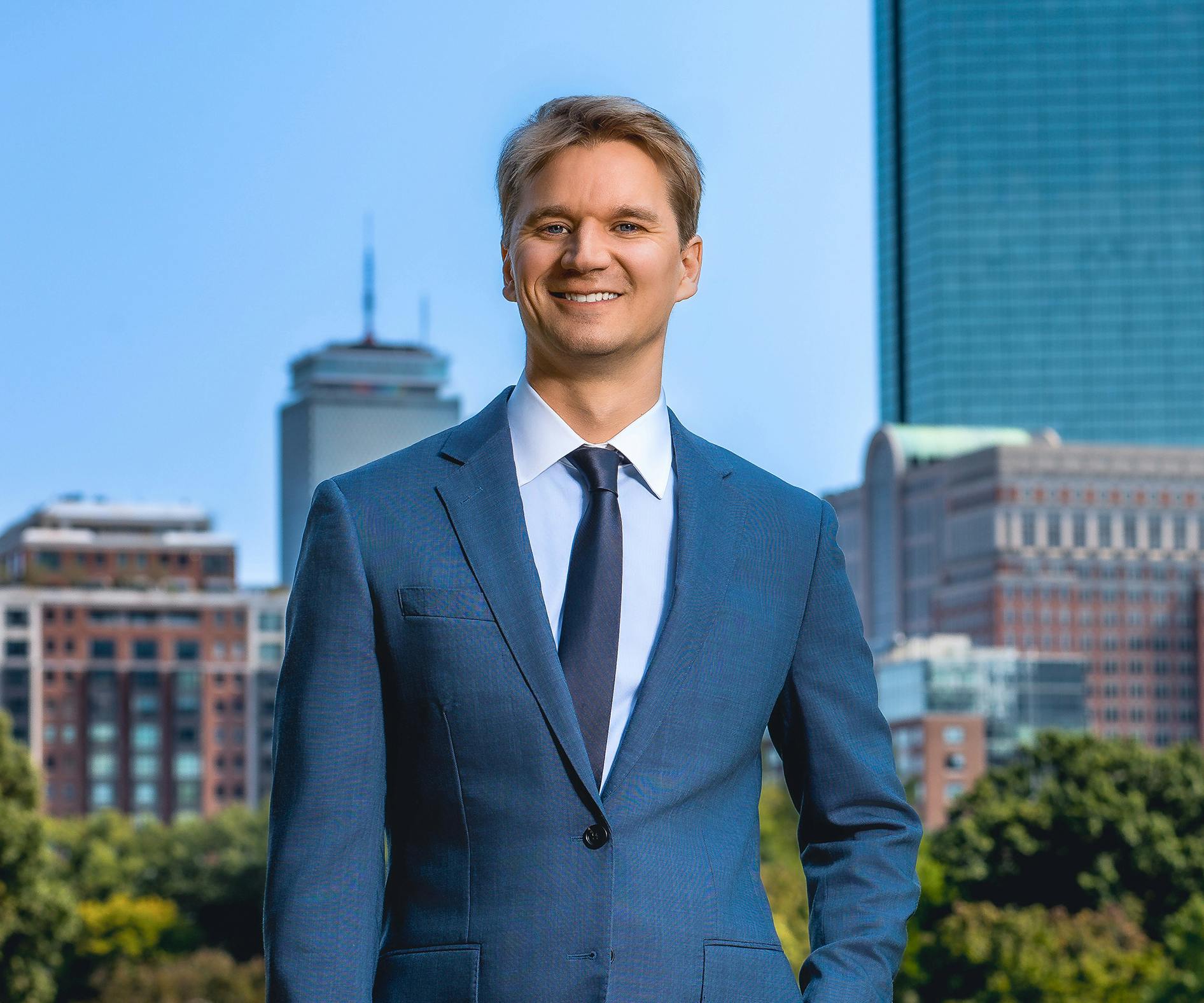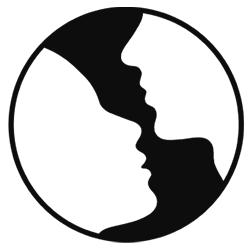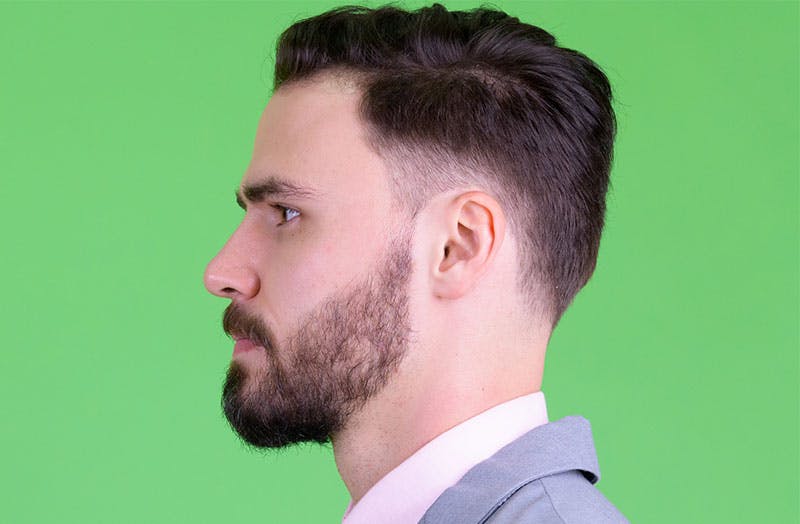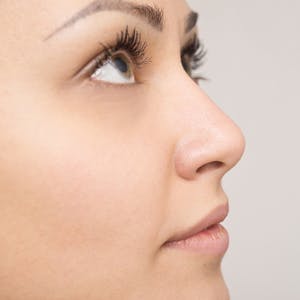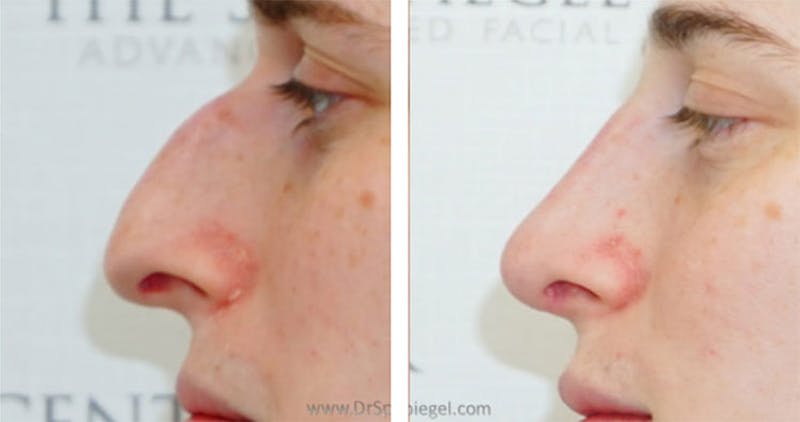With its prominent location on the face, the nose is one of the first things others notice about you. When considering a rhinoplasty in Boston, a seasoned plastic surgeon who specializes in facial plastic surgery is a must. At The Spiegel Center, we focus on contouring the nose to blend harmoniously with the rest of your face, helping you look like the best possible version of yourself.
Who is a Candidate For Rhinoplasty?
Candidates for rhinoplasty typically include individuals:
- Who are dissatisfied with the shape, size, or proportion of their nose, especially those who have issues such as a prominent hump, asymmetry, or wide nostrils.
- Who have functional concerns, such as breathing problems resulting from a deviated septum, enlarged turbinates, or trauma-related deformities.
- Who are in their mid to late teens or older, ensuring the nose has fully grown, and who have the emotional readiness to understand the procedure.
- Who are in good overall health and either don't smoke or are willing to quit around the time of the surgery.
- Having clear and achievable expectations from the surgery and an awareness of potential risks is crucial.


